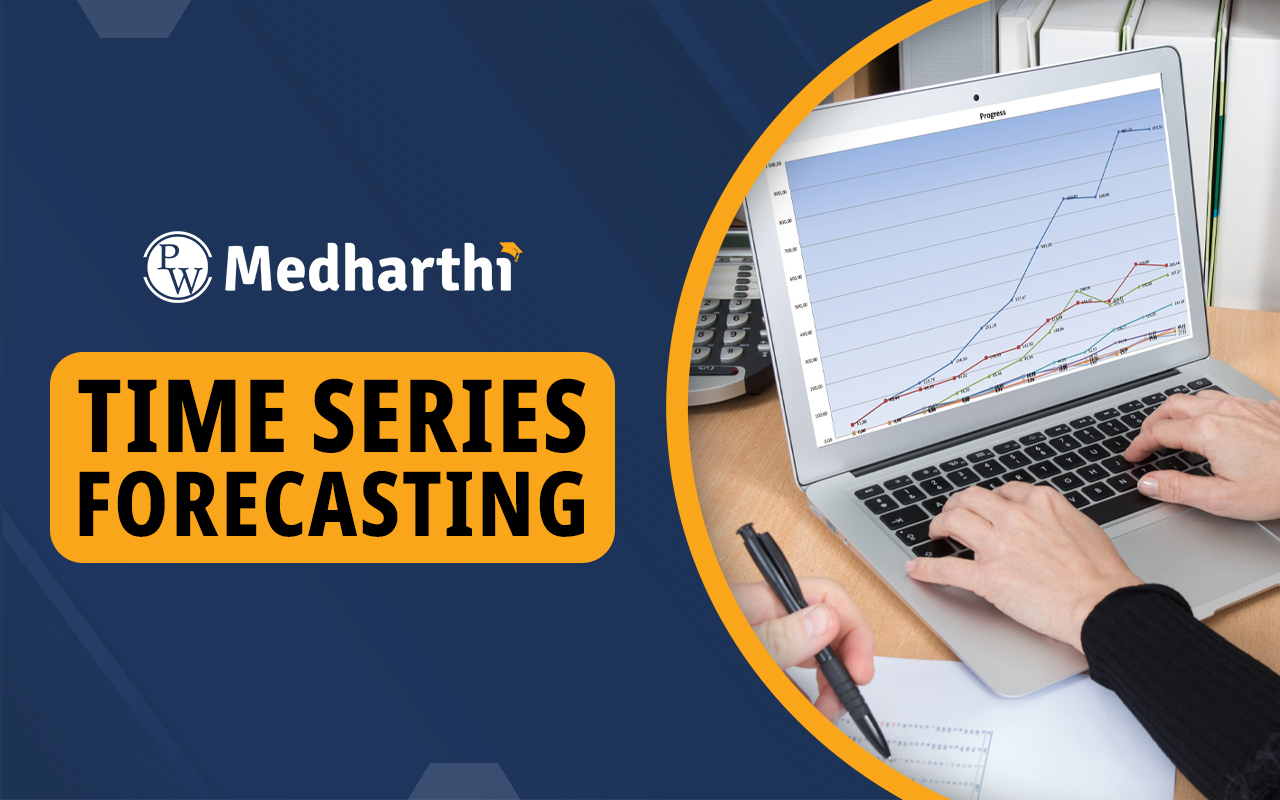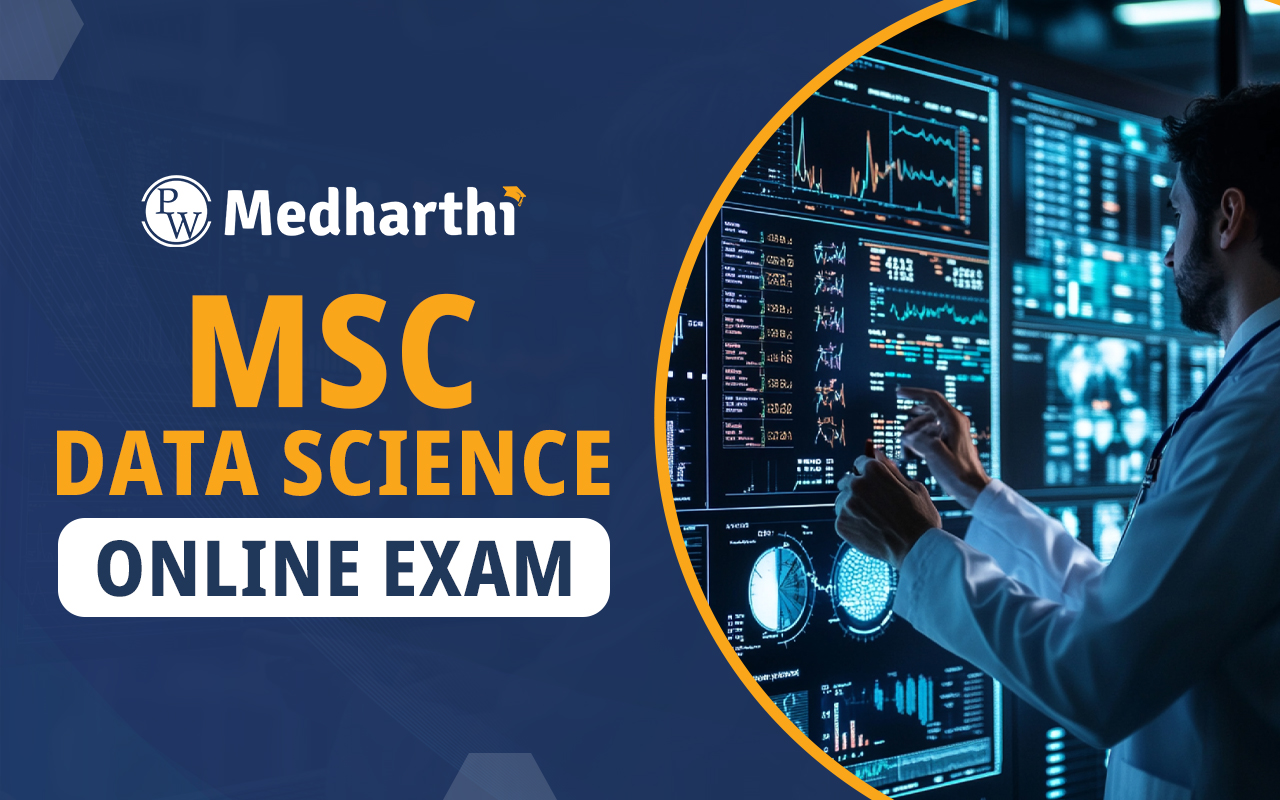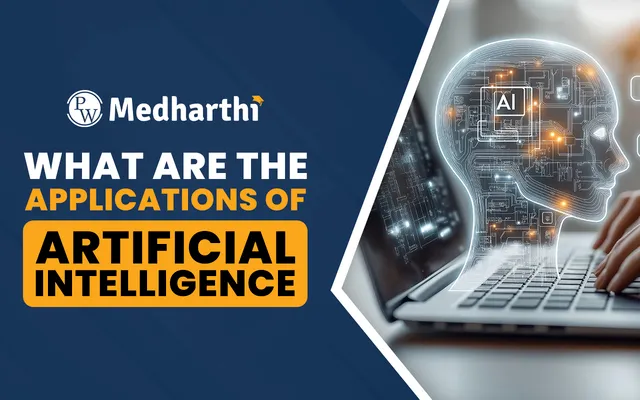

Time series forecasting is essential as Time Series data becomes increasingly common. It allows us to measure change and understand trends in the world. With data reflecting past and present trends, we can predict future outcomes. This guide explores various forecasting models, tools, and techniques to enhance the accuracy of predictions based on historical patterns and insights.
Time Series Forecasting Definition
Time Series forecasting is a method used to predict future values based on historical data. It is crucial for tasks such as demand forecasting, financial analysis, and operational planning. By examining past data, businesses can make informed decisions that shape their strategies and enhance their understanding of future trends, ultimately leading to better outcomes and improved planning.When Is Time Series Forecasting Useful?
While Time Series forecasting appears to be a universally applicable technique, it has its limitations. Forecasting is not a strictly defined method; it combines various data analysis techniques. Analysts must understand these limitations and the data itself. A crucial step is comprehending the data model and identifying the business questions to address. By exploring the problem domain, developers can better differentiate between random fluctuations and stable trends in historical data. This understanding aids in tuning the prediction model for optimal forecasts. Additionally, common challenges include generalizing from a single data source, obtaining accurate measurements, and selecting the right model for the data.What to Consider When You Do Time Series Forecasting
Several key factors significantly influence the effectiveness of Time Series forecasting:- Amount of Data: The quantity of data is perhaps the most critical factor, assuming the data is accurate. A larger dataset generally leads to better forecasts, as it provides more information for the model to learn from. More data also helps the model distinguish between genuine trends and random noise, enhancing the reliability of predictions.
- Data Quality: High-quality data is essential for effective forecasting. This includes ensuring there are no duplicates, maintaining a standardized data format, and collecting data consistently at regular intervals. Poor data quality can lead to misleading forecasts and erroneous conclusions.
- Seasonality: Seasonality refers to distinct periods when the data exhibits consistent patterns or irregularities. For example, an online retailer may notice increased sales during the holiday season. While some seasonal patterns can be intuitively understood, others require analytical methods like Time Series forecasting to identify and quantify consumer behavior effectively.
- Trends: Trends are crucial indicators that show whether a variable in the time series is likely to increase or decrease over a specific period. Understanding these trends allows businesses to make informed decisions and strategic plans. Additionally, calculating the probability of a trend can provide deeper insights into future developments.
- Unexpected Events: Unexpected events, often referred to as noise or irregularities, can occur at any time and significantly impact forecasting accuracy. These events introduce unpredictability into historical data, making it essential to account for them when creating a prediction model. Recognizing and managing these irregularities is vital for improving the robustness of forecasts.
Time Series Forecasting Techniques
Here are the most widely used Time Series forecasting models, ranging from traditional statistical methods to advanced neural network techniques:- Time Series decomposition
- Time Series regression models
- Exponential smoothing
- ARIMA models
- Neural networks
- TBATs
Time Series Decomposition
Time Series decomposition is a technique that models data as a combination of seasonal, trend, cycle, and remainder components. This approach differs from traditional methods that focus on temporal dependencies and autocorrelations. Decomposition can be used as a standalone forecasting method or as an initial step to better understand the data. To generate an overall forecast, future values for each component must be predicted and then summed. Key decomposition techniques include Seasonal-Trend decomposition using LOESS, Bayesian Structural Time Series (BSTS), and Facebook Prophet. These methods help in accurately capturing the underlying patterns in Time Series data.Time Series Regression Models
Time Series regression is a statistical method used to forecast future values based on historical data. The forecast variable, known as the regressand or dependent variable, is predicted using one or more predictor variables, called regressors or independent variables. A common approach is simple linear regression, which describes a linear relationship between the forecast variable (y) and a predictor variable (x): yt = β0 + β1 * xt + εt Here, β0 is the intercept, and β1 is the slope, indicating the average change in (y) for a one-unit increase in (x). Observations scatter around the line due to an error component (εt). While simple linear regression is useful, it may be limited, prompting the use of other models like least squares estimation and nonlinear regression for more complex relationships.Exponential Smoothing
Data smoothing is crucial for improving the accuracy of Time Series forecasting by eliminating outliers and enhancing the visibility of distinct patterns. Exponential smoothing is a popular technique that applies an exponential window function to smooth Time Series data. Unlike the simple moving average, which treats historical data equally, exponential smoothing assigns decreasing weights to older observations. This allows more recent data to have a greater influence on predictions. There are various types of exponential smoothing, including simple exponential smoothing for basic trends and triple exponential smoothing, also known as the Holt-Winters method, which accounts for trends and seasonality in the data.ARIMA Models
AutoRegressive Integrated Moving Average (ARIMA) is a forecasting method that combines autoregressive and moving average models. The autoregressive model uses past observations to predict future values, represented as: yt = c + εt + θ1εt−1 + θ2εt−2 + ⋯ + θqεt−q where εt is white noise, known as an AR(p) model. The moving average model predicts using forecast errors: yt = c + εt + θ1εt−1 + θ2εt−2 + ⋯ + θqεt−q This is an MA(q) model. Combining these with differencing gives the ARIMA(p, d, q) model: y′t = c + ϕ1y′t−1 + ⋯ + ϕpy′t−p + θ1εt−1 + ⋯ + θqεt−q + εt The SARIMA model extends ARIMA by incorporating seasonal components.Neural Networks
Neural networks have become a popular choice for Time Series forecasting due to their ability to handle complex data relationships. Unlike traditional models like ARMA or ARIMA, which assume linearity, neural networks can adapt to nonlinear patterns. The Multilayer Perceptron (MLP) is a common architecture, while Recurrent Neural Networks (RNNs) and Long Short-Term Memory networks (LSTMs) excel with sequential data. Key advantages include noise robustness, allowing them to identify core patterns despite irregularities. They also support multivariate inputs, making them suitable for tasks with multiple influencing factors. Additionally, neural networks can generate multi-step forecasts, predicting trends over extended periods effectively.TBATS
Time Series data often features complex seasonal patterns across different time frames, such as daily, weekly, or yearly trends. Traditional models like ARIMA and exponential smoothing typically capture only one seasonality, limiting their effectiveness. The TBATS model overcomes this by accommodating multiple, non-nested seasonal patterns. TBATS stands for Trigonometric seasonality, Box-Cox transformation, ARIMA errors, Trend, and Seasonal components. It effectively models overlapping seasonal trends, stabilizes variance, and improves prediction accuracy. While TBATS excels in capturing complex seasonality, it can produce wide prediction intervals, sometimes overestimating uncertainty in long-term forecasts, especially with noisy data.Tools for Time Series Forecasting
Selecting the appropriate tools for Time Series forecasting is essential for obtaining accurate predictions. Among the most popular options are Python libraries such as statsmodels, Prophet, and TensorFlow, which facilitate the development of robust Time Series prediction models tailored to a variety of applications. Here are some of the most effective tools available:1. TimescaleDB
TimescaleDB is a powerful relational database built on PostgreSQL, specifically optimized for handling Time Series data. It features automatic data partitioning through hypertables, continuous aggregations, and advanced compression techniques. By using SQL for querying, developers can efficiently analyze Time Series data without needing to learn a new query language.2. Druid
Apache Druid is a high-performance database designed for fast aggregation and querying of time-stamped events. It supports various flexible ingestion methods, making it ideal for log and event analytics. Druid is particularly effective in environments requiring high concurrency and low latency, ensuring quick access to real-time data insights.3. Apache Kafka
Apache Kafka is a robust tool for managing streaming Time Series data, functioning as a pipeline for ingesting, processing, and distributing time-stamped events across different systems. While not a database, Kafka is essential for real-time analytics, especially in Internet of Things (IoT) applications, where timely data processing is crucial.4. Python Ecosystem
The Python ecosystem offers a rich set of libraries for Time Series analysis. Pandas is excellent for data manipulation, while statsmodels provides statistical analysis tools like ARIMA models. Prophet, developed by Meta, simplifies forecasting with user-friendly parameters and effective seasonality handling, making it accessible for various forecasting needs.5. Visualization Tools
Effective visualization is crucial for understanding Time Series data. Grafana is a popular tool for creating interactive dashboards, often used with databases like TimescaleDB or Druid. Additionally, Matplotlib and Plotly are Python libraries that enable users to create detailed and interactive Time Series plots, enhancing data interpretation.6. AI/ML Frameworks
For machine learning applications in Time Series data, frameworks like TensorFlow and PyTorch provide pre-built models and customization options. Additionally, libraries such as tslearn focus specifically on Time Series machine learning, offering specialized tools and techniques to analyze and predict time-dependent data effectively.|
Read Also |
|
Time Series Forecasting FAQs
What are the four types of time series?
The four types of time series are: trend, which shows long-term movement; seasonal, which reflects regular patterns; cyclical, indicating fluctuations over longer periods; and irregular, representing random variations.
What is an example of a time series forecast?
An example of a time series forecast is predicting monthly sales for a retail store based on historical sales data, seasonal trends, and promotional events to optimize inventory and staffing.
What is the time series method?
The time series method involves analyzing data points collected or recorded at specific time intervals to identify patterns, trends, and seasonal variations, enabling accurate forecasting and decision-making.
What are the four types of forecasting?
The four types of forecasting are: qualitative, based on expert judgment; time series, using historical data; causal, considering relationships between variables; and simulation, modeling complex systems to predict outcomes.
What is forecasting in time series?
Forecasting in time series refers to the process of using historical data to predict future values. It helps businesses and researchers make informed decisions by identifying trends, patterns, and seasonal effects.
Talk to a counsellorHave doubts? Our support team will be happy to assist you!

Free Learning Resources
PW Books
Notes (Class 10-12)
PW Study Materials
Notes (Class 6-9)
Ncert Solutions
Govt Exams
Class 6th to 12th Online Courses
Govt Job Exams Courses
UPSC Coaching
Defence Exam Coaching
Gate Exam Coaching
Other Exams
Know about Physics Wallah
Physics Wallah is an Indian edtech platform that provides accessible & comprehensive learning experiences to students from Class 6th to postgraduate level. We also provide extensive NCERT solutions, sample paper, NEET, JEE Mains, BITSAT previous year papers & more such resources to students. Physics Wallah also caters to over 3.5 million registered students and over 78 lakh+ Youtube subscribers with 4.8 rating on its app.
We Stand Out because
We provide students with intensive courses with India’s qualified & experienced faculties & mentors. PW strives to make the learning experience comprehensive and accessible for students of all sections of society. We believe in empowering every single student who couldn't dream of a good career in engineering and medical field earlier.
Our Key Focus Areas
Physics Wallah's main focus is to make the learning experience as economical as possible for all students. With our affordable courses like Lakshya, Udaan and Arjuna and many others, we have been able to provide a platform for lakhs of aspirants. From providing Chemistry, Maths, Physics formula to giving e-books of eminent authors like RD Sharma, RS Aggarwal and Lakhmir Singh, PW focuses on every single student's need for preparation.
What Makes Us Different
Physics Wallah strives to develop a comprehensive pedagogical structure for students, where they get a state-of-the-art learning experience with study material and resources. Apart from catering students preparing for JEE Mains and NEET, PW also provides study material for each state board like Uttar Pradesh, Bihar, and others
Copyright © 2025 Physicswallah Limited All rights reserved.











